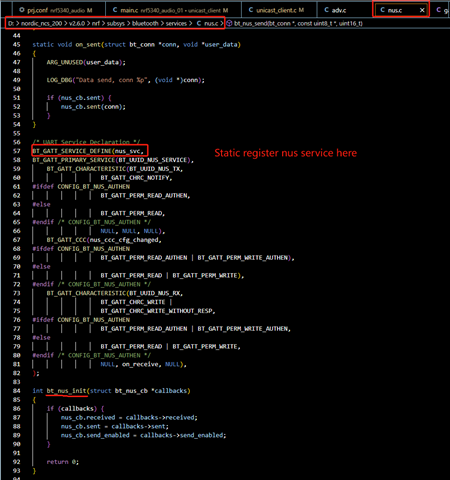My question is related to LE Audio, i guess, since i have no previous experience from it. Is it possible to have a device as a peripheral for mobile phone sending data to some characteristics and same time as a central to another nRF5340 streaming LE Audio (CIS)?
Device A and B are nRF5340. Device A generating and streaming audio to device B. Audio stream could be e.g. a mic(s) or line(s) in. There is no audio stream from device A to mobile phone. Also device A is generating and sending data to a mobile phone. Data could be e.g. temp, status, voltage etc.
I'm just wondering for example how much resources this LE Audio (CIS) takes.





 .
.